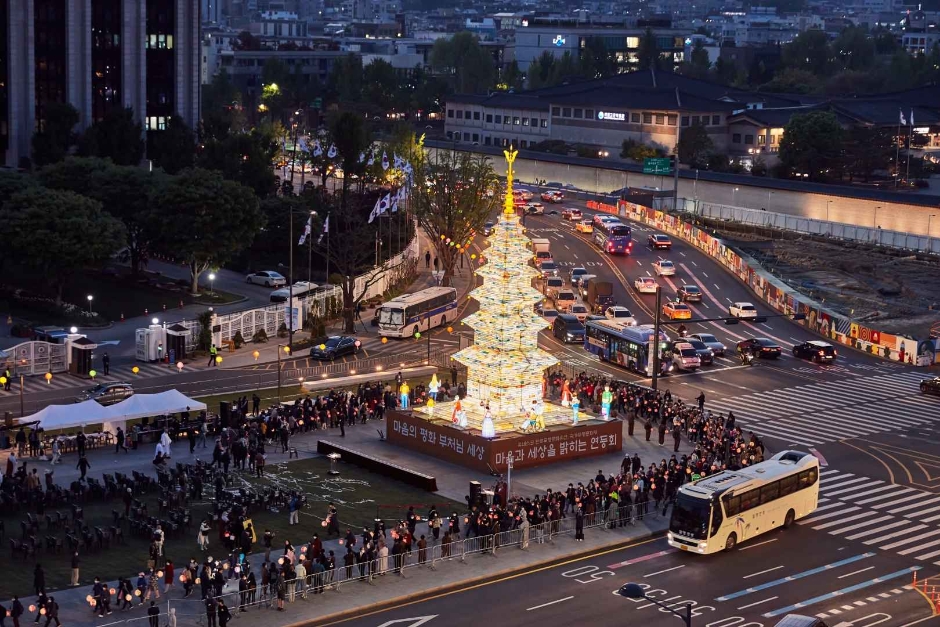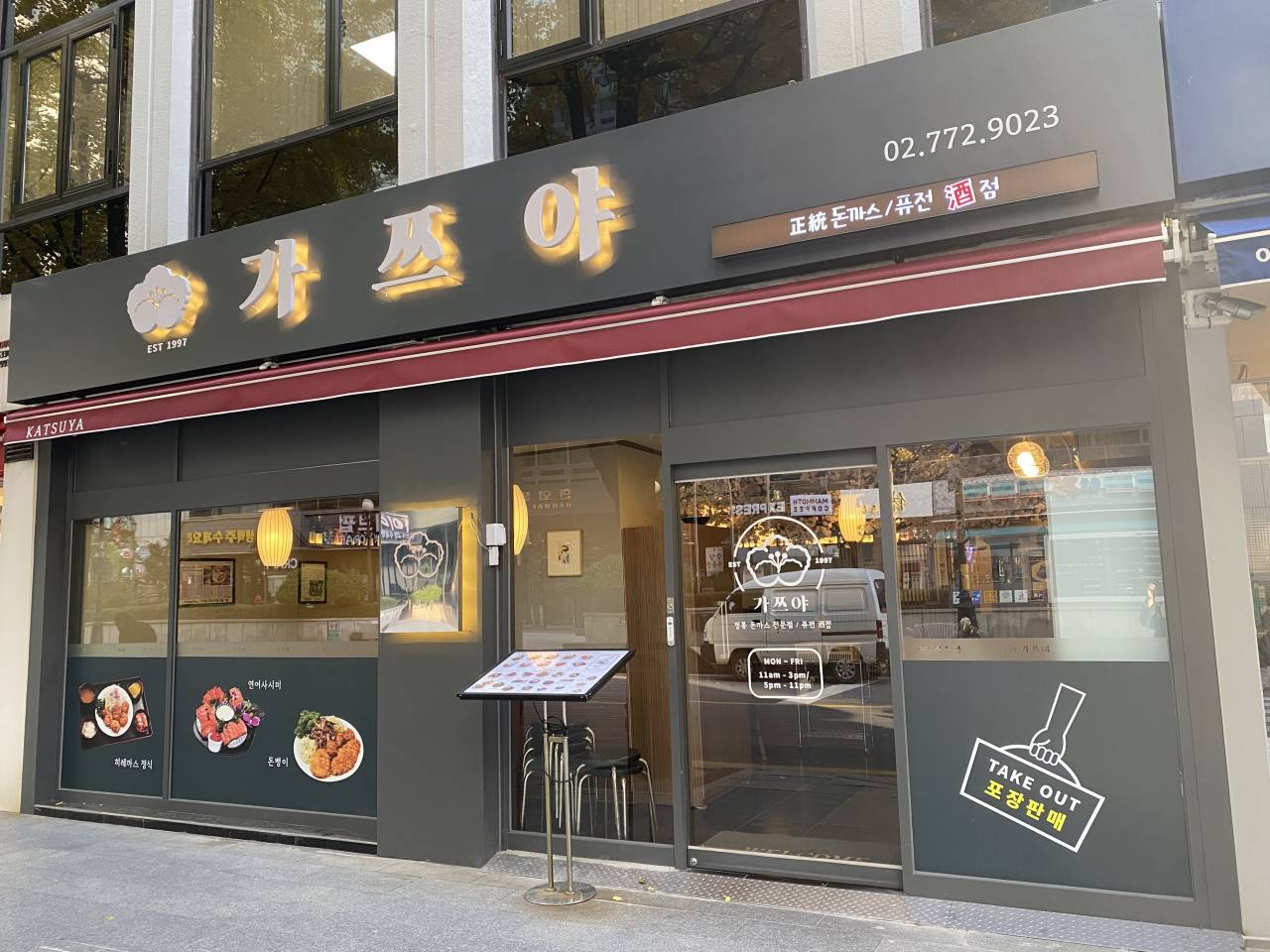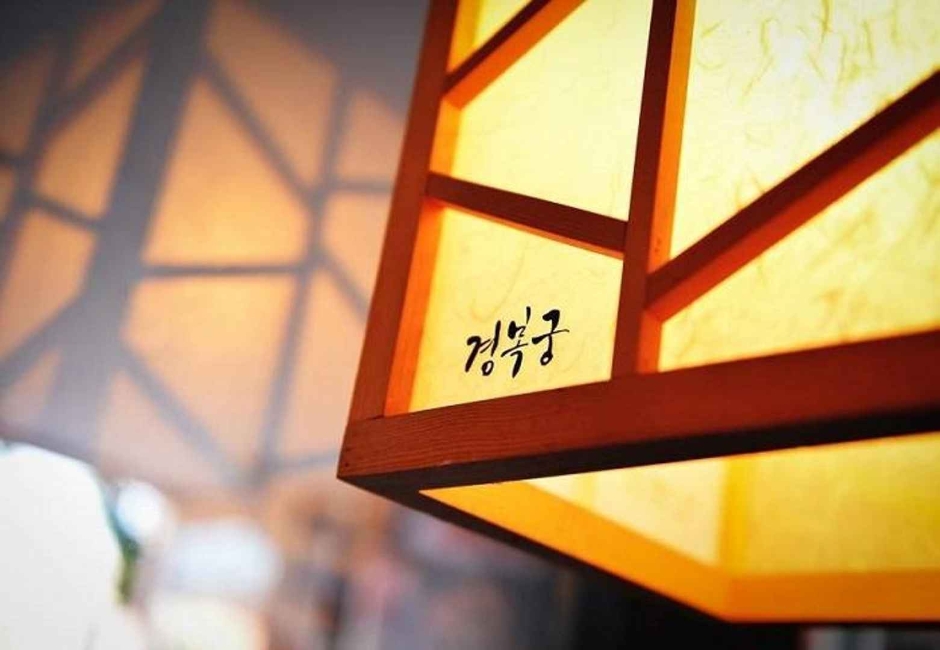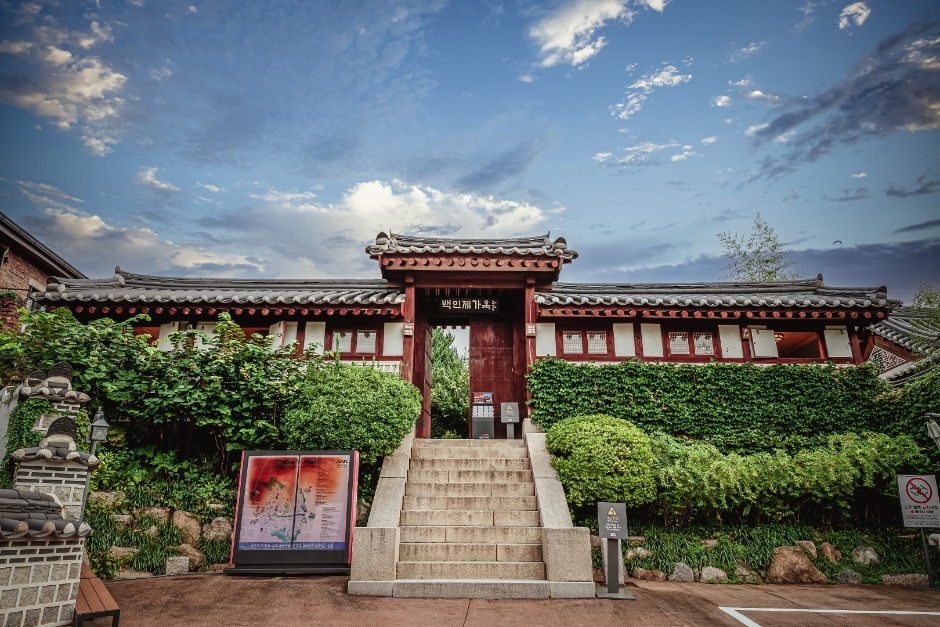Rex Hotel (렉스호텔)
15.5Km 2021-03-03
23, Toegye-ro 10-gil, Jung-gu, Seoul
+82-2-751-3191
Lex Hotel is a suitable accommodation for business trips. It is also great for shopping, due to its convenient location by Namdaemun Market, Seoul Station, and Myeong-dong, as well as Korea's major shopping malls like Lotte and Shinsegae Department Stores. The hotel has 110 rooms, offering a view of downtown Seoul. It is also equipped with convenient amenities and restaurants that are ready to fulfill every guest’s needs. The guestrooms feature a comfortable atmosphere with a simple interior.
Yeon Deung Hoe (Lotus Lantern Festival) (연등회)
15.5Km 2025-04-09
55 Ujeongguk-ro, Jongno-gu, Seoul
+82-2-2011-1744~7
Started approximately 1,200 years ago during the Silla dynasty and continued through the Goryeo Yeon Deung Hoe and Joseon lantern festival, the Yeon Deung Hoe Festival is a traditional festival registered as an Intangible Cultural Heritage and UNESCO Masterpiece of the Oral and Intangible Heritage of Humanity. The lanterns at Yeon Deung Hoe Festival brighten the heart and the world!
Myeong-dong Myeong Pharmacy [Tax Refund Shop] (명동명약국)
15.5Km 2024-04-19
#102, 11, Namdaemun-ro 7-gil, Jung-gu, Seoul
-
KATSUYA (가쯔야)
15.5Km 2021-03-18
46, Dadong-gil, Jung-gu, Seoul
+82-2-772-9023
This Japanese cuisine is located near Euljiro 1(il)ga Station, Seoul. The representative menu is pork cutlet. A restaurant serving Japanese-style pork cutlet.
Kyungbokkung - Changdong Branch (경복궁 창동)
15.5Km 2024-07-31
610, Dobong-ro, Dobong-gu, Seoul
+82-2-992-6777
Chefs specializing in Korean dishes use prime meat. This restaurant's signature menu is grilled boneless ribs. This Korean dishes restaurant is located in Dobong-gu, Seoul.
Gugus - Myeong-dong Branch [Tax Refund Shop] (구구스 롯데 명동점)
15.5Km 2024-04-23
11, Namdaemun-ro 7-gil, Jung-gu, Seoul
-
Baek In-je House (백인제가옥)
15.5Km 2024-10-15
16 Bukchon-ro 7-gil, Jongno-gu, Seoul
+82-2-724-0200
Baek In-je House, located in Bukchon Hanok Village, is a hanok built during the Japanese administration period that portrays modern hanok features. The structure consists of a main room offering a good view of the whole village, spacious bedrooms, a large garden, and annex buildings. As it maintains the beauty of a traditional hanok while incorporating the modern trend of its time, Baek In-je House is considered to be highly valuable in means of both architecture and history, representing the Bukchon Hanok Village together with Yun Bo-seon House.
Baek In-je House was built from black pine, which was first introduced in Seoul during the Gyeongseong Expo in 1907, distinguishing itself from other upper-class houses of its time. Unlike other traditional hanok designs that separate the main building from the other rooms, Baek In-je House connects the two with a hallway, allowing convenient access between the two structures. The house also consists of a Japanese-style hallway and floor mat rooms, reflecting the interior trends of that period. Baek In-je House is also unique in that the main room is partially built as a two-story structure, a style that was never seen in any traditional hanok built during the Joseon period.
Draw A Circle - Shinsegae Main Branch [Tax Refund Shop] (드로어써클 신세계본점)
15.5Km 2024-04-17
B1, Main Bldg., 63, Sogong-ro, Jung-gu, Seoul
-
Damiani - Shinsegae Main Branch [Tax Refund Shop] (다미아니 신세계본점)
15.5Km 2024-04-17
B1, 63, Sogong-ro, Jung-gu, Seoul
-
Hermes - Shinsegae Main Branch [Tax Refund Shop] (에르메스 신세계본점)
15.5Km 2024-04-23
5, Seolleung-ro 162-gil, Gangnam-gu, Seoul
-


![Myeong-dong Myeong Pharmacy [Tax Refund Shop] (명동명약국)](http://tong.visitkorea.or.kr/cms/resource/87/2878587_image2_1.jpg)


![Gugus - Myeong-dong Branch [Tax Refund Shop] (구구스 롯데 명동점)](http://tong.visitkorea.or.kr/cms/resource/86/2878586_image2_1.jpg)

![Draw A Circle - Shinsegae Main Branch [Tax Refund Shop] (드로어써클 신세계본점)](http://tong.visitkorea.or.kr/cms/resource/84/2888084_image2_1.jpg)
![Damiani - Shinsegae Main Branch [Tax Refund Shop] (다미아니 신세계본점)](http://tong.visitkorea.or.kr/cms/resource/19/2888319_image2_1.jpg)
![Hermes - Shinsegae Main Branch [Tax Refund Shop] (에르메스 신세계본점)](http://tong.visitkorea.or.kr/cms/resource/02/2888402_image2_1.jpg)
 English
English
 한국어
한국어 日本語
日本語 中文(简体)
中文(简体) Deutsch
Deutsch Français
Français Español
Español Русский
Русский